365 days.
52 weeks.
12 months.
You can split the calendar year in all manner of ways. There are holidays galore, seasonal change, and so much more besides. October – the 10th month of the year – sits in a unique position. Autumn is well and truly alive, summer is in the rear view mirror and Christmas isn’t too far away. A period for reflection and forward-thinking inspection. Oh, and Halloween. October is a good time to take note of everything that has happened in the 9 months prior, while also cultivating a mind toward the future. The holiday season isn’t too far away, so while Christmas lists are just around the corner, it’s time to focus on your journey.
So, without further ado, here is a checklist for all things self-improvement as we move into the last quarter of the year.
1. Review and Reflect on Annual Goals
Before we plough ahead toward one of the busiest periods of the year, let us first take a trip down memory lane. Cast your eye back towards the run-up to New Year’s Eve. You likely created a series of resolutions, or at least some general targets you wanted to achieve this year. You may have shared them with your friends and family. Now, time for a harsh question:
How many of them have you achieved?
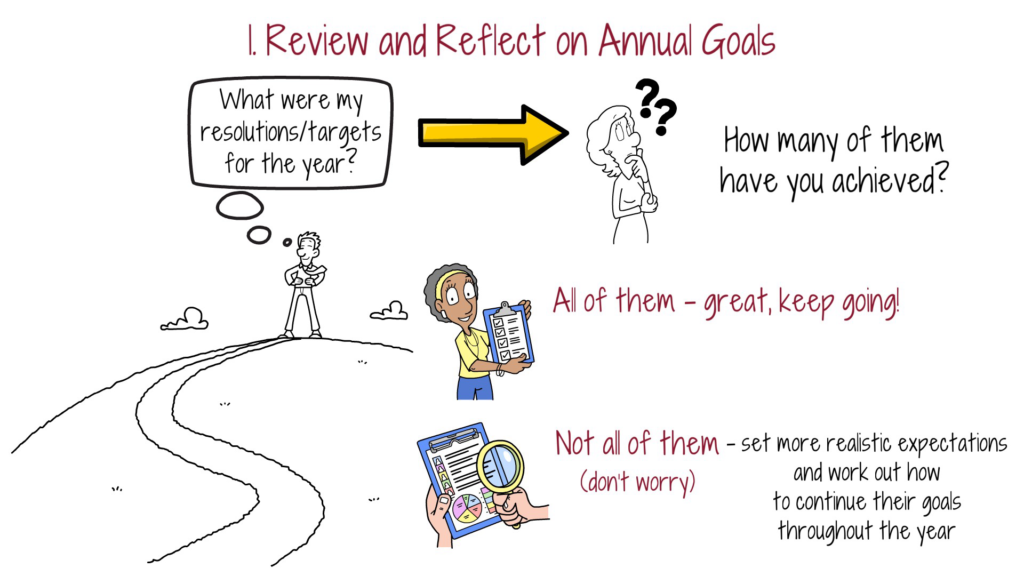
If the answer is all of them – great! Keep going. If not, don’t worry. That is perfectly normal, as research has found that 80% of people give up their New Year’s Resolution by the second week of February. Such a high rate of failure indicates people need to both set more realistic expectations of themselves and work out how to continue their goals throughout the year.
As we enter the final quarter of the year, it makes sense to assess your progress. Look back at the goals you set at the beginning of the year. Assess what you have accomplished and what still needs attention. This can be done with a simple list. From there, you can adjust your plans accordingly to ensure you aren’t overloading with unrealistic expectations but also giving yourself targets that satisfy the hunger within.
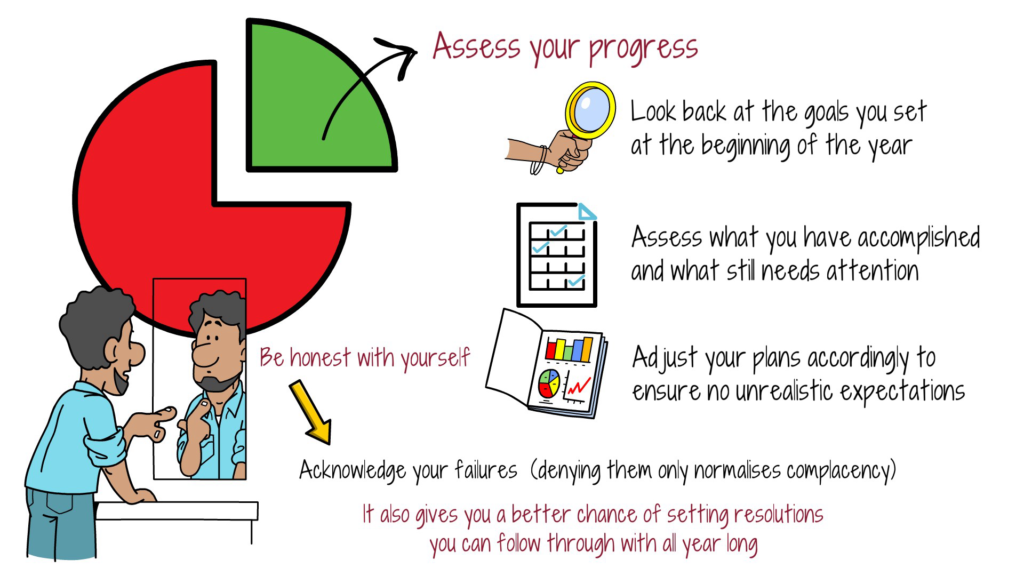
Before we move to the next item on this checklist, it’s important to remember that you need to be honest with yourself. It’s difficult to take an honest look at your progress and acknowledge your failures, but denying them only normalises complacency with yourself. When you’re honest during your final quarter assessment, you give yourself a better chance of setting New Years’ Resolutions you can follow through with all year long. After all, the better you know yourself, the easier it will be to stay consistent.
2. Set a Quarterly Resolution/3-month Goal
New Year’s Resolutions are all well and good, but a year-long goal can feel somewhat overwhelming. Instead, try splitting your goal-setting into three-month-long cycles. This creates a sense of urgency, as the goal lives fresh in your memory instead of phasing into obscurity, drowned out by the seasons. This will encourage you to act more promptly and prioritise important tasks.
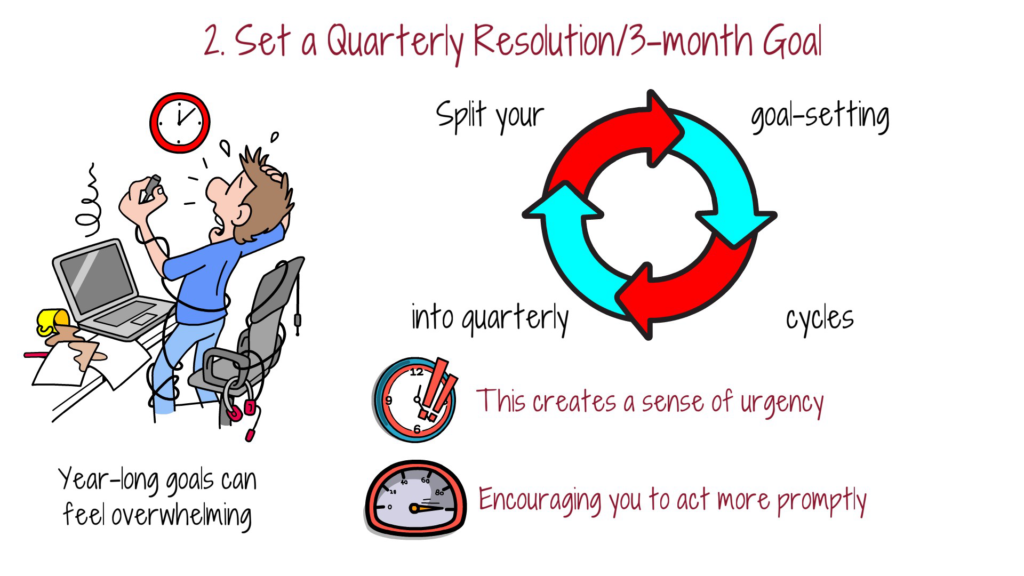
For instance, let’s say you set a goal to be a healthier person by the end of the year. In January, that involves hitting the gym, burning Christmas dinner off and not sweating when climbing up two flights of stairs. By this point, that goal might have changed. The definition of ‘healthy’ doesn’t necessarily have to mean physically fit. For example, you may now be asking yourself if you’re creatively, spiritually, or mentally healthy. The goalposts can change – a lot can happen in ten months – so your goals must serve your life now, not a past version of you.
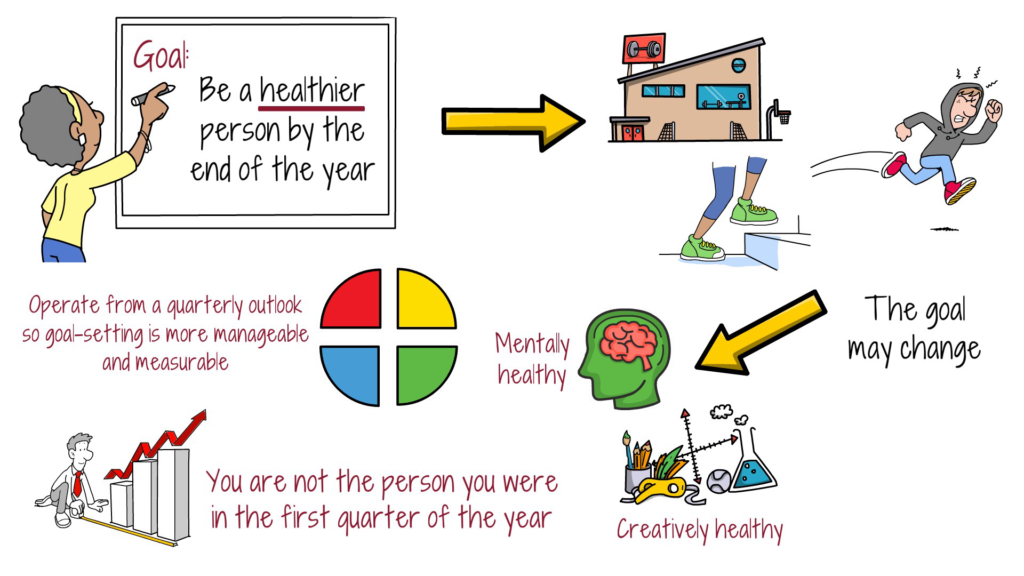
The key here is to understand and reconcile with the fact that you are not the person you were in the first quarter of the year. The seasons all feel so different and, although you may not realise it all the time (and why would you, life just goes on, right?), you are too. Just as businesses operate in quarters, so too should your goals. When you operate from a quarterly outlook, you make your life and goal-setting more manageable and measurable than a vague year-long goal. This allows for quicker adjustments based on progress.
3. Create a “Before the New Year” Bucket List
Cast your eyes back to May. May is often an excellent month – bank holidays galore (in England, anyway), spring has teased the flowers into full bloom, the weather’s chill has turned into a warm hug, and you start to see the shiny, bright gates of summer approach. Fast forward to October, and that is in the rear-view mirror. The ‘big coat’ has been dragged out of the back of the wardrobe, and you’re now bracing for bitterly cold winter nights, darker days and the cosiness of your favourite blanket. Two altogether different experiences that need two altogether different approaches.

To ensure you head into the final few months of the year with the clarity necessary for a strong start, it’s wise to get your notepad out and once again, start the list process. Note down experiences or activities you want to accomplish before the year ends. This could be trying new things, visiting places, or completing unfinished projects. It doesn’t need to be a long list given the time constraints, but it’s important to reset your priorities, otherwise the dark nights that come with autumn and winter months can feel like a stark contrast to the light and warmth of summer.
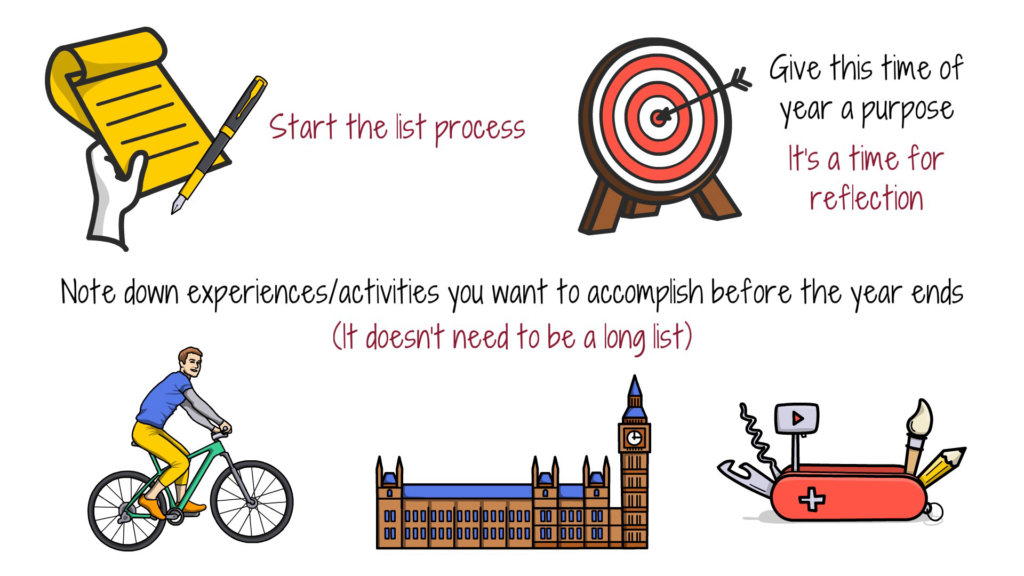
More than anything, it’s important to give this time of year a purpose. It is not merely a run-up to Christmas as the shops would want you to believe, it’s a time for reflection but also continued and renewed progress.
4. Declutter and Prepare for the New Year
Think of your messy drawer. You know the one. That barren wasteland sitting there, somewhere in your house, filled with lost cards, pens, pen lids that don’t fit for some reason, painkillers, thread, sticky notes, and, of course, loose change. It needs sorting out, but why bother? Something useful pops up every now and then.
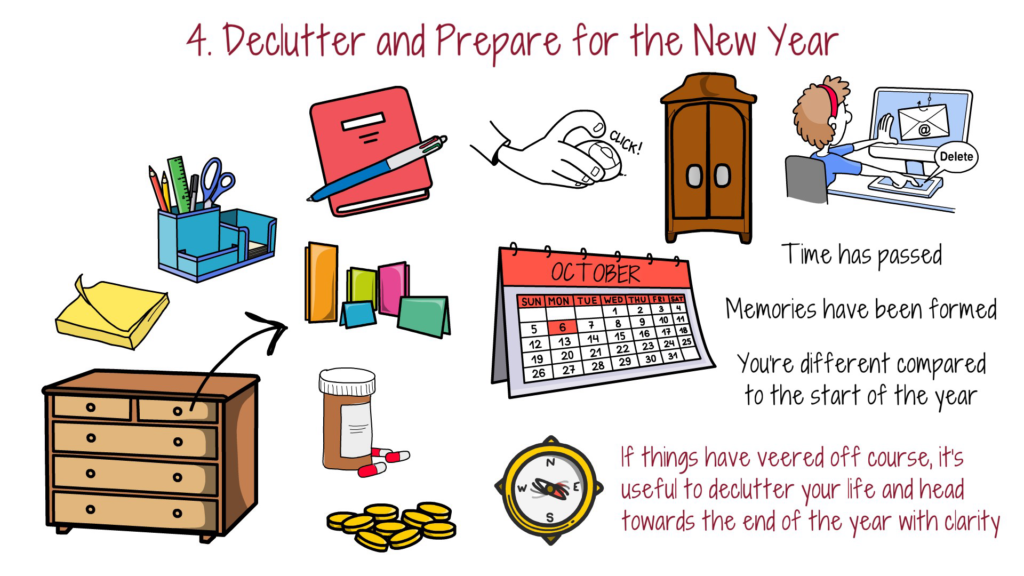
This time of year can feel somewhat like the messy drawer. Three seasons have passed, countless memories have been formed and, whether it’s noticeable or not, you’re different compared to the start of the year. Things may feel like they’ve veered off course since the bright, hopeful days around the New Year. Even if this does not describe you, it’s useful to declutter your life and head towards the end of the year with clarity.
It could be something as simple as organising your wardrobe, deleting unnecessary files, or unsubscribing from emails you no longer need. A good clear-out also involves journaling, whether that’s written or in art form. Expressing ten months worth of yourself can be a cathartic experience and allow you to process the year, moving forward to the holiday period with, you got it, clarity.
5. Create a Vision and Plan for the Next Year
Once you’ve decluttered your mind, reflected, minimised the last remaining months of the year and created a mini bucket list, it’s time to think a little bigger. Once again, that time of year is rolling around – the time to look around the corner is not far away.

It’s time to start thinking about what you want to achieve next year. If you leave it to the first few days of January, the important goal-setting period can feel rushed. This can make goals feel insincere and not truly reflective of what you want. Think of it this way, you’d feel much better about your targets for the coming year if they’re produced from a process of intentional thought and dedication to improving yourself instead of a hungover whim. So, if there’s anything you take away from this article, it’s that you should start now. This can include setting new goals, making a vision board, or drafting a preliminary plan. You could outline your top three goals for next year and the first steps to achieve them would be a good example.
Good luck!
